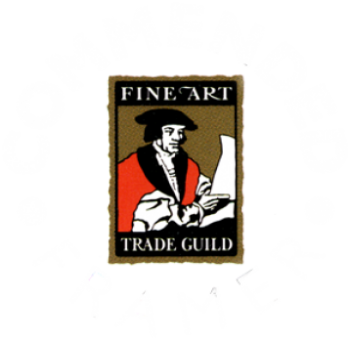BespokeFraming

Harlequin Frames offers its customers a complete bespoke picture framing service to the Fine Art Trade Guild’s five levels of framing. We pride ourselves on the personal service and quality advice on the type of framing and mounts offered to all our customers.
Why bespoke framing: One can purchase a limited selection of good quality ready made picture frames on the high street that are suitable for standard size prints and photographs. However, for artwork that is not a standard size or might require a superior quality frame, specialised materials or techniques then one requires the services of a bespoke picture framer.
Harlequin Frames carries a wide range of mouldings including of both traditional and modern types which combined with a hand finishing service; this coupled with large selection of mount boards ensures that we have the perfect frame for your requirements.
Glass: We stock a selection of specialized glass; offering water white, invisible glass and glass that has a high ultra-violet protection factor for those items of particular or sentimental value.
Whatever it is you need to be framed then there is no better way to display the item than by having it professionally framed.
Being a member of the Fine Art Trade Guild, Mal adheres to the Guild's Code of Ethics and its Five Levels of Framing. These levels are set by the Guild's Framing Standards and Qualifications Committee of which Mal is the Chairman. The aim of these levels is to offer the best possible means of framing ones artwork to a level commensurate to value, sentimentality and ones personal requirements thereby providing, if required, a level of preservation and protection for future generations.
Please read on for an explanation of these five levels.
The Five Levels of Framing
At Harlequin Frames we only frame to the top three levels. The following offers a brief explanation of the top three levels, for further information please click on the appropriate level.
Objective: To offer the ultimate level of protection from the environment and framing materials for up to 35 years in normal conditions. Frames should be professionally examined every 5 years.
Suitable for: Museum-quality works to be reserved for the future, including high value items and art of potential or historical value. Processes must therefore be fully reversible unless the customer specifically requests otherwise, in which case the customer must sign an agreement.
Objective: To visually enhance artwork and offer a high level of protection from physical and mechanical damage, airborne pollutants and acids generated by framing materials, for approximately 20 years under normal conditions. Frames should be examined every 5 years.
Suitable for: Collectable artwork that is to be kept for future generations, eg. original paintings and limited editions of moderate to high value. Processes must be fully reversible unless the customer specifically requests otherwise, in which case the customer must sign an agreement.
Objective: To visually enhance artwork and offer a moderate level of protection from airborne pollutants and acid damage for around five years in normal conditions.
Suitable for: Replaceable artwork of limited commercial or sentimental value, and where visual appearance is important. Preferably processes must be fully reversible unless the customer requests otherwise, in which case the customer must be informed in writing.
Budget/Minimum
